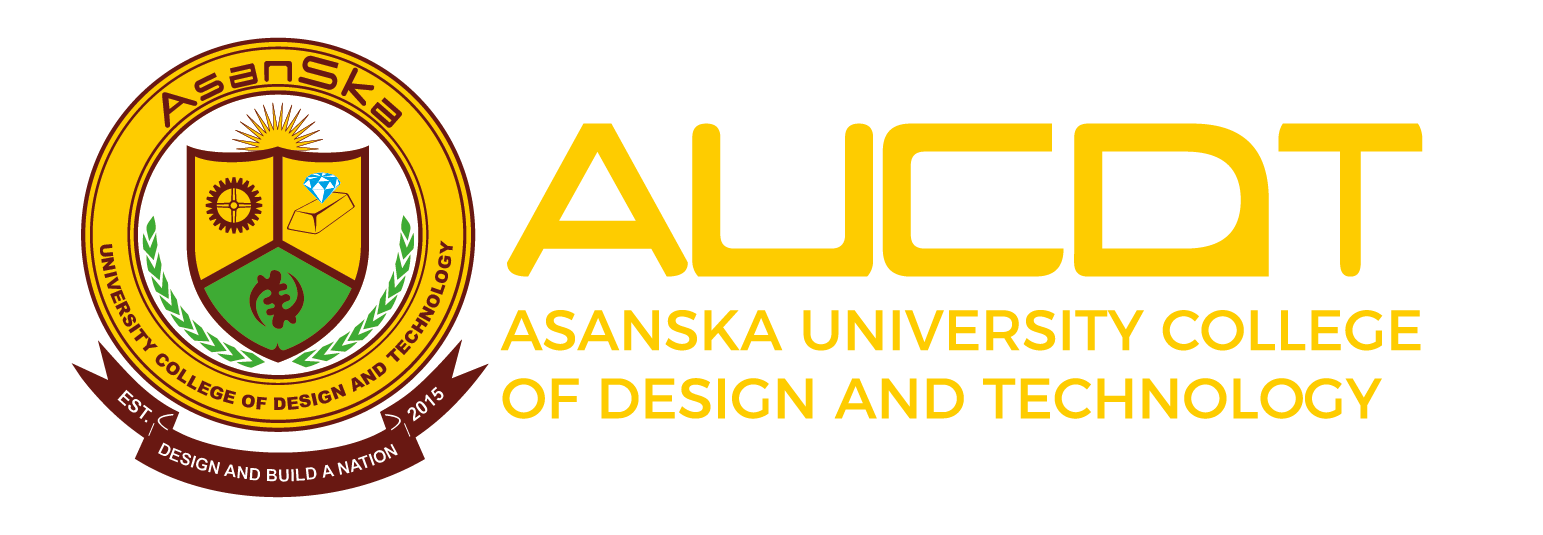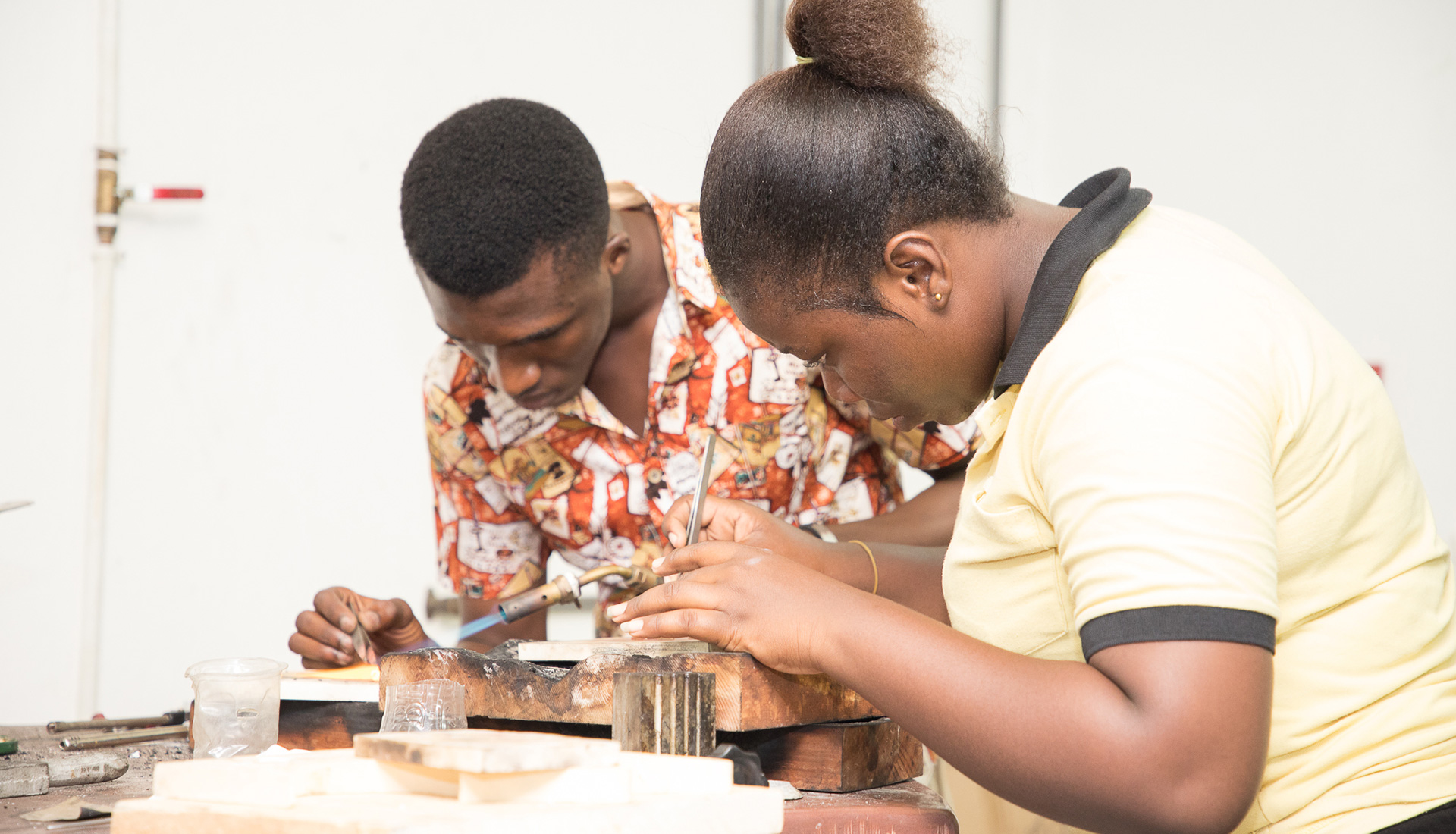
8 Courses

Semester One
DMCD 111 Introduction to Digital Media and Communication Design
Digital Media are any media encoded in machine-readable formats. Digital Media
can be created, viewed, distributed, modified and preserved on electronic digital
devices. Digital Media, in most instances, is a blend of technology and content.
Building digital media products requires teams of professionals with diverse
skills. Future prospects for Digital Media include design for Visual
Communication and also productions like podcasts, MP3s, video games, radio
advertising, apps for mobile devices, video and lighting displays and electronic
books.

Semester One
DMCD 112 Basic Design
Basic design coursework can cover such subjects as drawing, Graphic Design,
colour theory and Art History. This course is usually taken as part of a design related degree programme. It introduces First Year students to basic techniques
for visual communication using colour, line, texture and form.

Semester One
DMCD 113 Introduction to Communication Design
Communication Design is a mixed discipline between design, information development and communication. It is concerned with how media interventions
(printed, crafted, electronic media or presentations) communicate with people.
Therefore, it is an aspect of Communication and Visual Communication that
values Design as process.

Semester One
DMCD 114 Introduction to Computer Graphics Applications
Traditional design processes have been supplanted by digital technology, the
result of a merging of computer technology with graphics applications software.
Adobe Illustrator is a vector graphics software designed for professional graphic
designers and artists. Students acquire skills in using Adobe Illustrator to render
visual communication. Students are encouraged to acquire Wacom ® tablets
(Bamboo®, Intuos® or Cintiq®) and electronic styluses, to facilitate quicker
learning through frequent independent practice.

ACDT 117 Information Communication Technology I
This course introduces students to the large field of Information Communication Technology (ICT). It emphasizes the general concept of computing, the classifications, operations and functions of the computer system, while gaining a fair understanding of the use of Microsoft Office software packages. It equips students with knowledge and skills in operating the computer as a drawing, designing and presentation tool. This will also enable students to perform various tasks using a combination of software programmes such as Word, Photoshop, and PowerPoint.

Semester One
ACDT 114 Basic Drawing
This course introduces basic drawing techniques and it is designed to increase
observation skills. Emphasis is placed on the fundamentals of drawing. Upon
completion, students should be able to demonstrate various methods and their
application to representational imagery. This course also impresses upon
students the fact that, the knowledge and understanding gained through
drawing from life, directly enhances our ability to draw from the imagination.

Semester One
ACDT 116 Communication and Study Skills I
This course is designed to help students to develop effective language and study
skills for their academic work; improve vocabulary, become familiar with the
conventions of Standard English Language usage, and develop strategies for
preparing for, and taking examinations. The course also aims at equipping
students with the mechanical skills for writing academic essays.

Semester One
ACDT 115 Introduction to African Art & Culture
This course seeks to introduce students to a good understanding of African
societies in order to fully appreciate the true meaning of the art developed by
the various societies in Africa. It will also introduce students to recent cultural
history of Africa, the importance of culture in the creation of modern Africa, and
key issues of cultural production.
